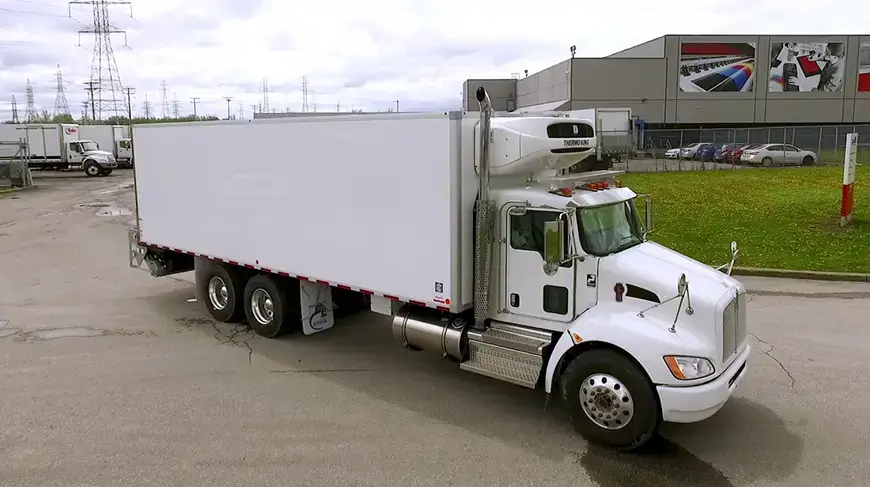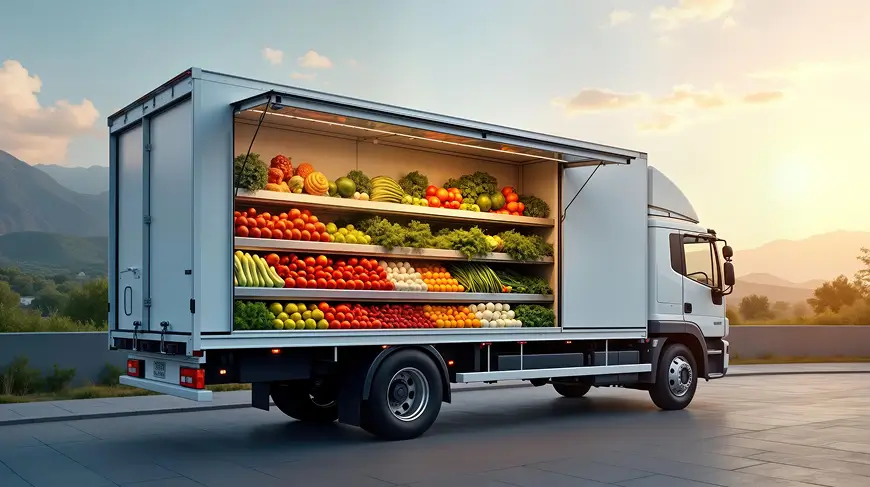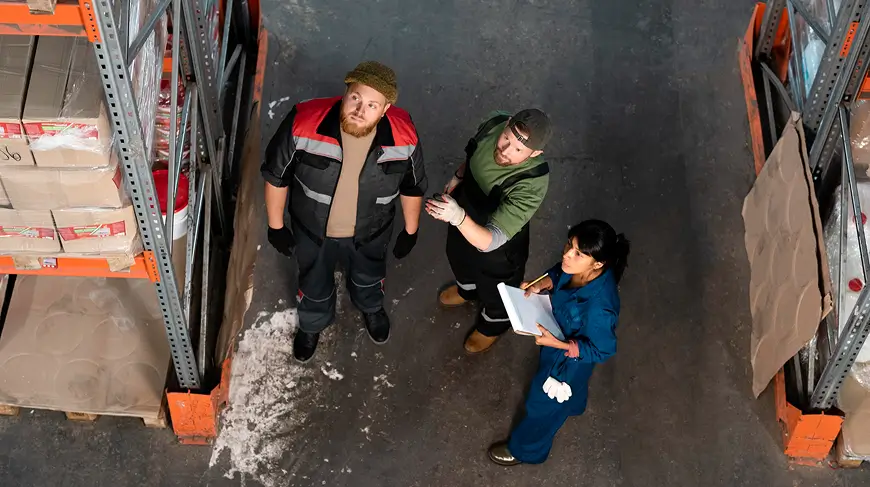When businesses think about refrigerated transport, the first question that often comes up is: “What truck capacity do I need 1 ton, 2 ton, or more?”
Most people assume truck tonnage directly matches the container size. But in reality, the right reefer truck size is not just about weight it’s also about the length, width, and height of the container. Choosing the wrong size leads to wasted time, higher costs, and delivery delays.
Container Size vs. Tonnage – Not Always the Same
- Theoretically, higher tonnage means a bigger container.
- But in practice, especially for 1–3 ton reefer trucks, two vehicles of the same tonnage can have different container dimensions.
- Manufacturers design trucks differently to target various market needs.
Why Width and Height Matter
When people say “container size,” they usually refer only to length. But width and height are equally important.
- Width Example (Milk Crates): If milk crates fit 5 in a row at the correct width, you can optimize capacity. If the container is even half a foot narrower, you may only fit 4 crates — reducing your load significantly.
- Height Example (Unloading Convenience): If unloaders need to stand inside the container to sort products, a low ceiling makes the job difficult. For longer containers, proper height ensures smoother loading and unloading.
- Refrigeration Airflow: In reefer trucks, the cooling unit is usually at the top. Boxes can’t be stacked tightly near it, so the effective height is always slightly less than the actual height.
Choosing Based on Product Type
Different products require different container considerations:
- Large, Light Products (Volume > Weight): Cakes, whipped cream, and chocolates are often packed in bigger boxes to avoid collision damage. These boxes are lightweight but occupy more space. For such products, a longer container may be required even if the tonnage is low.
- Small, Heavy Products (Weight > Volume):Paneer, frozen packed foods, and many dairy items are packed in smaller packets, but each box is heavy. For these, higher tonnage trucks are essential even though the boxes don’t take up much space.
- Uniform Crates (Milk, Bottled Drinks): Container width is the deciding factor. A small change in width can result in losing an entire row of crates, lowering capacity.
Quick Comparison Table
| Product Type | Example Products | Key Factor | Truck Choice |
| Large, Light Boxes | Cakes, whipped cream, chocolates | Volume | Longer container (8–14 ft) |
| Small, Heavy Boxes | Paneer, frozen packed foods, dairy | Weight | Higher tonnage truck |
| Uniform Crates | Milk packets, bottled drinks | Width | Correct container width |
Why Choosing Wrong Size Costs You More
- If you book a 1-ton truck but your boxes don’t fit, you’ll end up needing a second vehicle double the cost.
- Cancelling a truck at the loading point results in cancellation charges and wasted time.
- Sometimes, replacement trucks may not be available immediately leading to supply chain delays.
In refrigerated transport, these mistakes don’t just cost money — they can also risk product freshness.
How to Avoid Mistakes
- Measure your product packaging (length, width, height).
- Share photos of your crates or boxes with your transporter.
- Consult an experienced refrigerated transport company they’ll suggest the most suitable reefer container size for your goods.
At Carryfresh, we help clients choose the correct reefer truck size by reviewing their product dimensions and recommending the best-fit container. This avoids unnecessary costs, time wastage, and ensures product freshness during transport.
Key Takeaway
Choosing the right reefer truck size is not just about tonnage it’s about container length, width, height, and the type of goods you transport.
- Cakes and chocolates need more container length (volume factor).
- Paneer and frozen foods require higher tonnage (weight factor).
- Milk crates depend on container width (row capacity).
When in doubt, always consult your refrigerated logistics partner. A few minutes of planning saves you money, avoids delays, and keeps your products fresh and safe.



